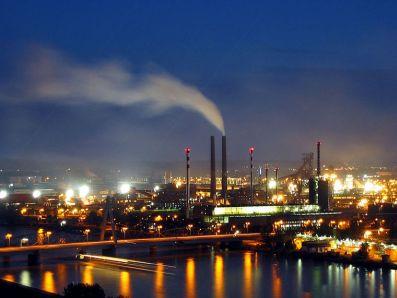| Mon | Tue | Wed | Thu | Fri | Sat | Sun |
|---|---|---|---|---|---|---|
| 1 | 2 | 3 | 4 | 5 | 6 | |
| 7 | 8 | 9 | 10 | 11 | 12 | 13 |
| 14 | 15 | 16 | 17 | 18 | 19 | 20 |
| 21 | 22 | 23 | 24 | 25 | 26 | 27 |
| 28 | 29 | 30 | 31 |
Lectures / 08/04/2009 7:30 pm
Perception?
Light pollution is a matter that concerns all of us. The dark side of light
One of the great achievements of our culture is the possibility of lighting up the darkness of the night. The illumination of both public and private space has increased enormously over recent years, and what started out as a blessing has taken on the dimensions of a global threat. All animals, man included, follow the day-night rhythm; darkness at night enhances this rhythm and is therefore of vital importance. This darkness however is almost impossible to experience in the developed world and its absence is acutely felt by many. This state of affairs is summed up by the term “light pollution”; since it was coined around ten years ago, it has drawn a great deal of attention to the underlying problem. Light pollution is not only a societal problem, it can easily become a personal one: too much light at night can cause health problems.
Initially it was environmentalists, ornithologists, ontologists and astronomers who founded an international organisation to improve the status quo; in the meantime decision makers with a background in urban administration, in the economy and even in government have been signalling their interest in closer collaboration.
UNESCO has declared the starry sky a world heritage site; in addition to this, 2009 is the International Year of Astronomy. Kepler Salon wants to rise to the occasion by assembling a panel to discuss the implications of light pollution from different perspectives. We’ve invited an astronomer, an astro-photographer, a medical expert and an expert on public safety for this purpose.
continuative Links:







